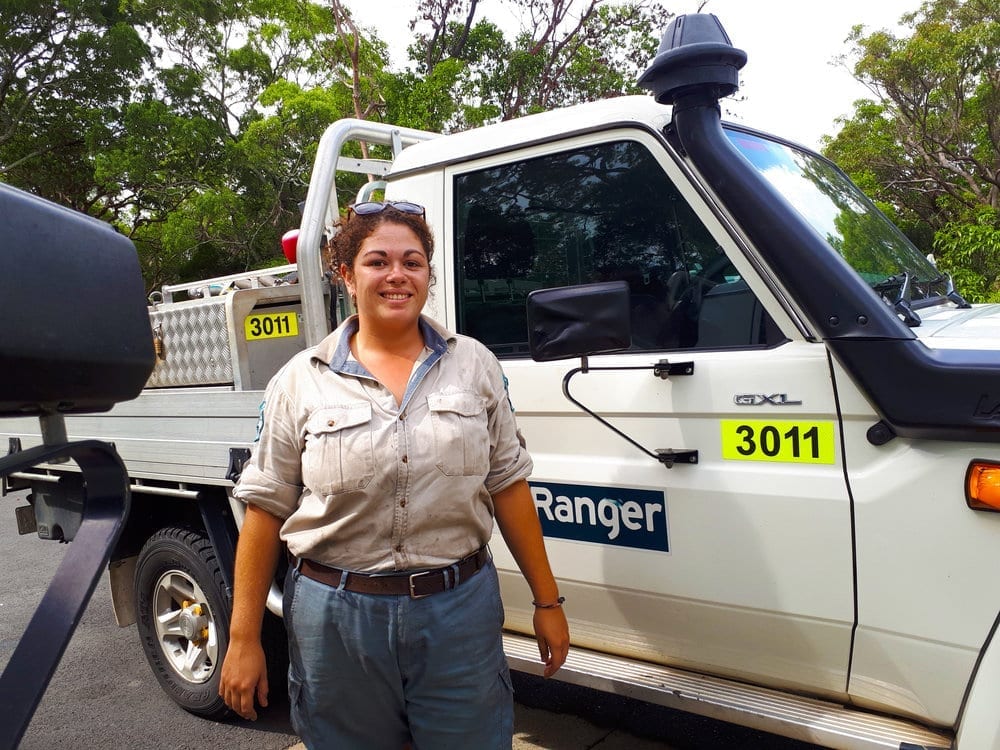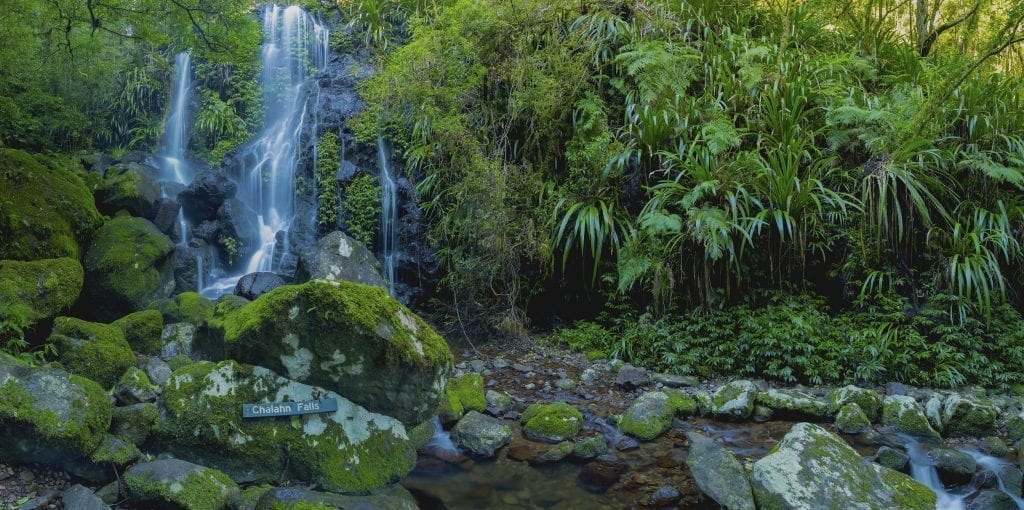National Parks
Ranger of the month
 QPWS Ranger Elly Blow. Photo: Queensland Government (Supplied)
QPWS Ranger Elly Blow. Photo: Queensland Government (Supplied)
Elly Blow is a Park Ranger in the Green Mountains section of Lamington National Park, but she also has a deeper connection. Elly is a Mununjali woman from the Beaudesert area, where she grew up. As part of the Yugambeh kinship group, her family has cultural connections with the area around, and including, Lamington National Park.
How long have you worked in national parks?
I have worked in national parks for about five and a half years now. I started with QPWS as a trainee in 2012 and completed a Certificate III in Conservation and Land Management while working at David Fleay Wildlife Park (DFWP).
Which parks have you worked in?
When I became Park Ranger I was first based in the Gold Coast Management Unit and worked in Burleigh Head and Tamborine National Parks. Then I spent time in the Visitor Management team, taking school groups and tours around Fleays. I’ve also worked at Springbrook and now I am based at Green Mountains in Lamington National Park.
What is your most memorable moment?
I really enjoyed caring for Wally, the platypus, at David Fleay Wildlife Park. Wally initially came to us undersized and injured—unfortunately he was deemed unfit to return to the wild. There is no better feeling then being a part of his rehabilitation and watching him grow into a healthy adult platypus.
Can you describe your favourite national parks experience?
My favourite walking track at Green Mountains is the Toolona Creek Circuit (17.4 km) that follows the creek up through a gorge, past cascades and waterfalls and pops you out into the best part of Lamington National Park—the Antarctic beech forest. It is there that you can feel that you are standing in an ancient Gondwana rainforest. Lamington National Park is within the Gondwana Rainforests of Australia World Heritage Area, and when you walk through Antarctic beech forest, you can tell that the forest is obviously a very, very old place.
For me, the highlight of the park is the abundance of plants and animals. People travel from all over the world to come to see the park and, in particular, the birdlife. There wouldn’t be a day when I’m out and about in park that I’m not in awe, observing animals in their natural environment.
What is the best thing about working in Lamington National Park?
When you are out on the Border Track at Mount Wanungara (‘Mother of the mountain’), you can feel that it is a special place by looking at the landscape. Looking to the south and seeing Wollumbin (Mount Warning) and knowing both the cultural and historic creation stories of the area, I know I am lucky to work in, and manage, the country that my ancestors walked, and told stories of.
What is your top tip for visitors to parks for bushwalking?
When you visit Lamington, my advice is to take your time and connect with the park. Walk one of the longer tracks, be quiet and connect with the nature around you—it really is a very special place. Our Yugambeh name for Green Mountains is ‘Woonoongoora’, which means ‘unhurried and leisurely place’, and that explains Green Mountains (and Lamington) pretty well.
NPAQ thanks Elly for taking time to answer our questions. We appreciate the work all QPWS rangers undertake in protecting Queensland’s national parks.


